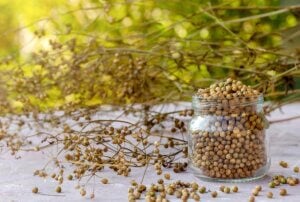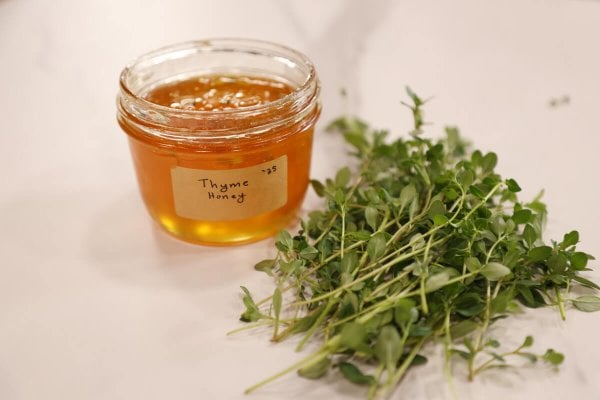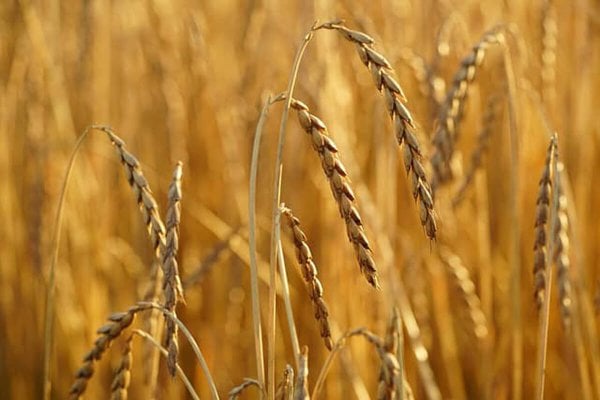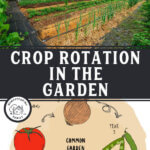
Healthy soil means heartier, more nutritious vegetables and higher yields on your harvest. Use this crop rotation system each year to gain the advantages and benefits healthy soil brings to your vegetable garden.
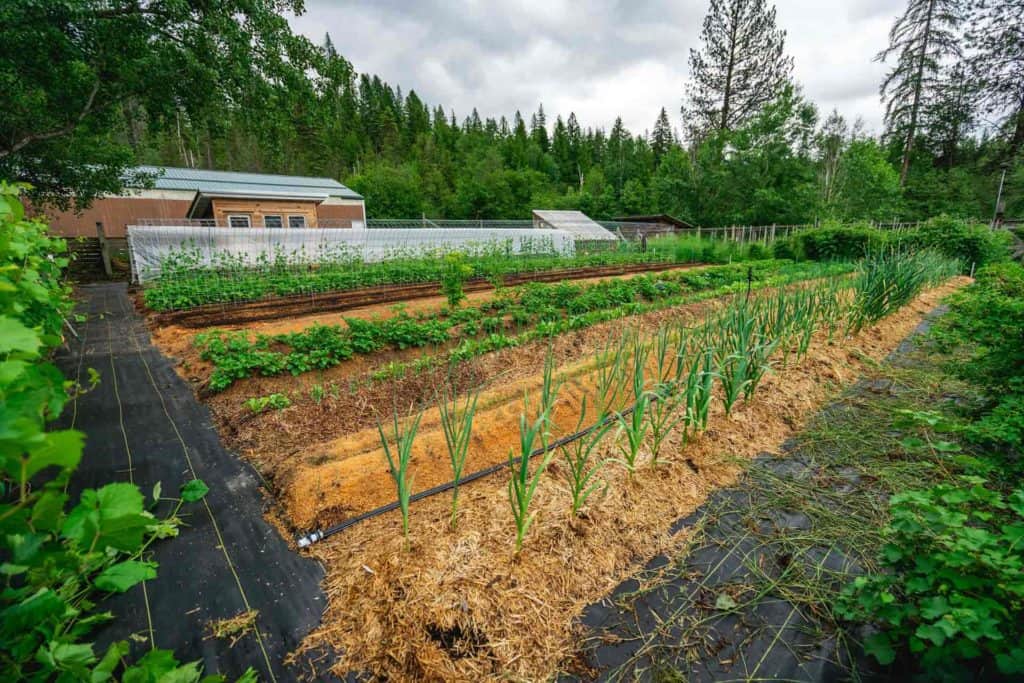
Why We Use Crop Rotation
Gardening is a critical element in increasing self-sufficiency. When you grow a year’s worth of food for a large family, any aspect of gardening that provides an advantage adds to your success.
We have invested time learning how to plan a garden for serious food production, attracting beneficial pollinators, extending the growing season, heating a greenhouse without electricity, and companion planting strategies. All these help improve our annual garden yield.
Still, we continue to search for ways to improve our processes to promote the health of our garden and, in turn, the quality of the food we produce. Crop rotation is a great example of a long-term investment that pays off in big dividends.
No special gardening tools or other expensive investments are needed. All it requires is simply taking the time to understand what each plant needs and good garden planning and record keeping from year to year.
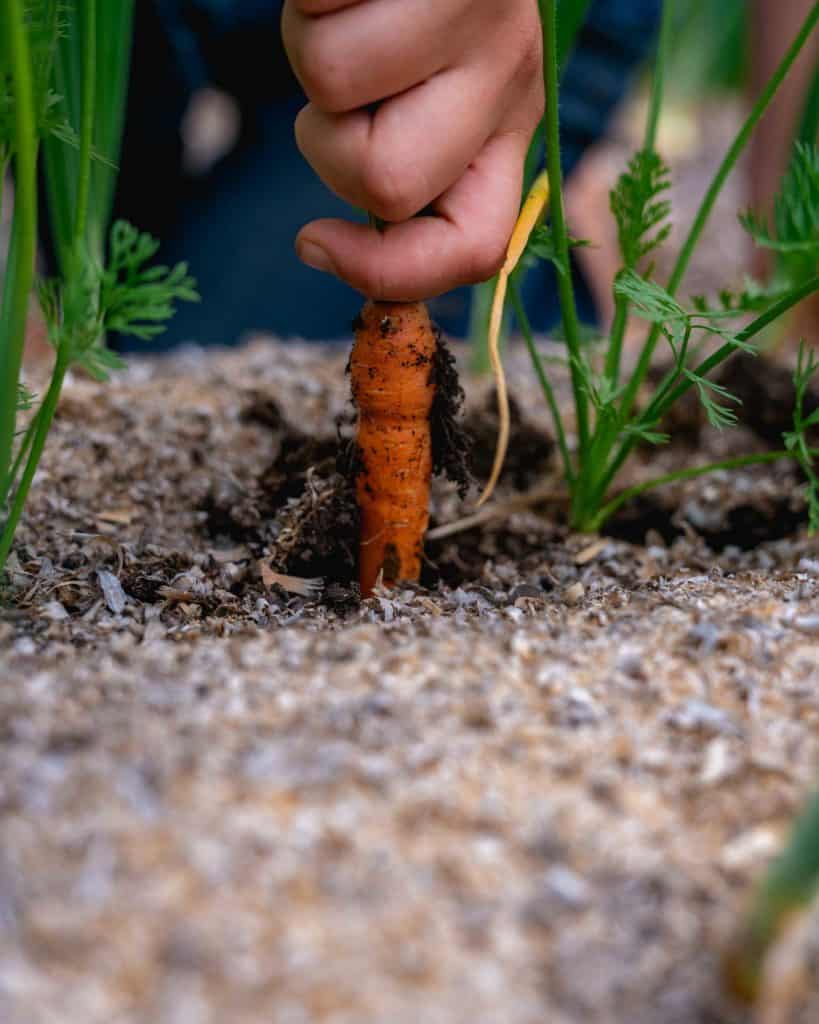
What Is the 4 Crop Rotation Method
The four-crop rotation method allows you to systematically plant your vegetables in different soil areas. You rotate your vegetables based on plant type or plant family.
This can be a four-year plant rotation if you grow your garden once a year. Or a seasonal cycle if you stagger your planting dates for spring, summer, fall, and winter.
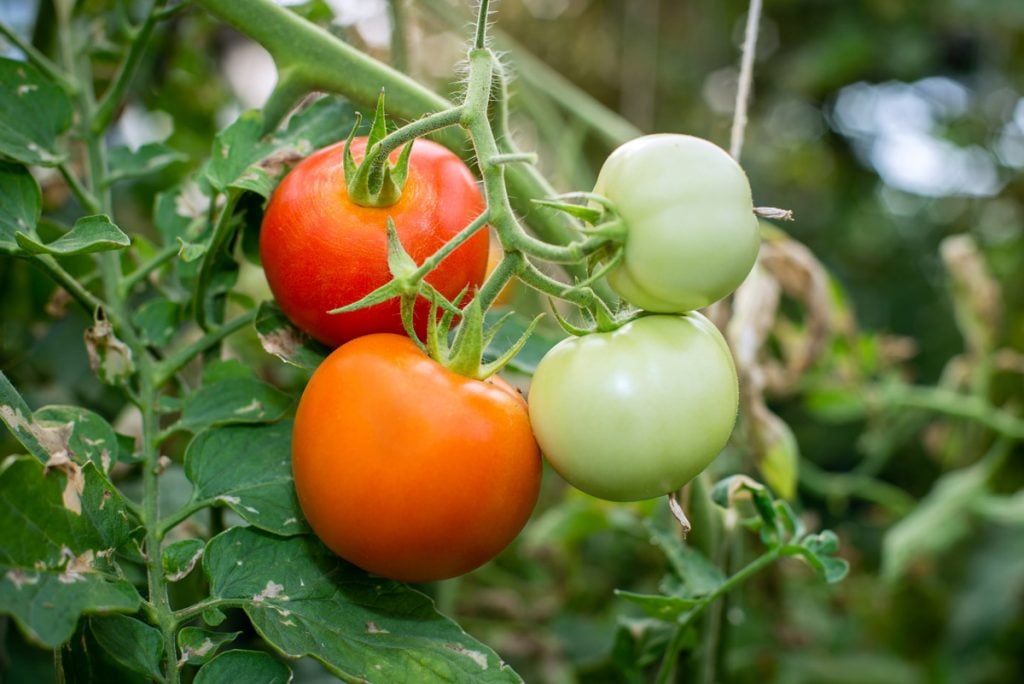
Benefits of Crop Rotation
Pests and diseases, as well as poor soil quality, are a gardener’s worst enemy. Planting large numbers of the same plant in one area year after year makes an easy target for pest problems and passes on any diseases that one crop may develop to the next year’s crop.
The micro and macro nutrients become depleted quickly when the same plant occupies the same soil year after year, and rotating crops eliminates these issues.
Moving crops optimizes the nutrients the plants receive from the soil, reducing the risk of disease or pest contamination. It also helps avoid depleting your garden soil of specific nutrients since different plants need specific nutrients.
You end up with healthy soil, less disease, and fewer pests resulting in healthier plants. For a family relying on the garden for our primary food source, crop rotation increases food production without the need to increase your garden space!
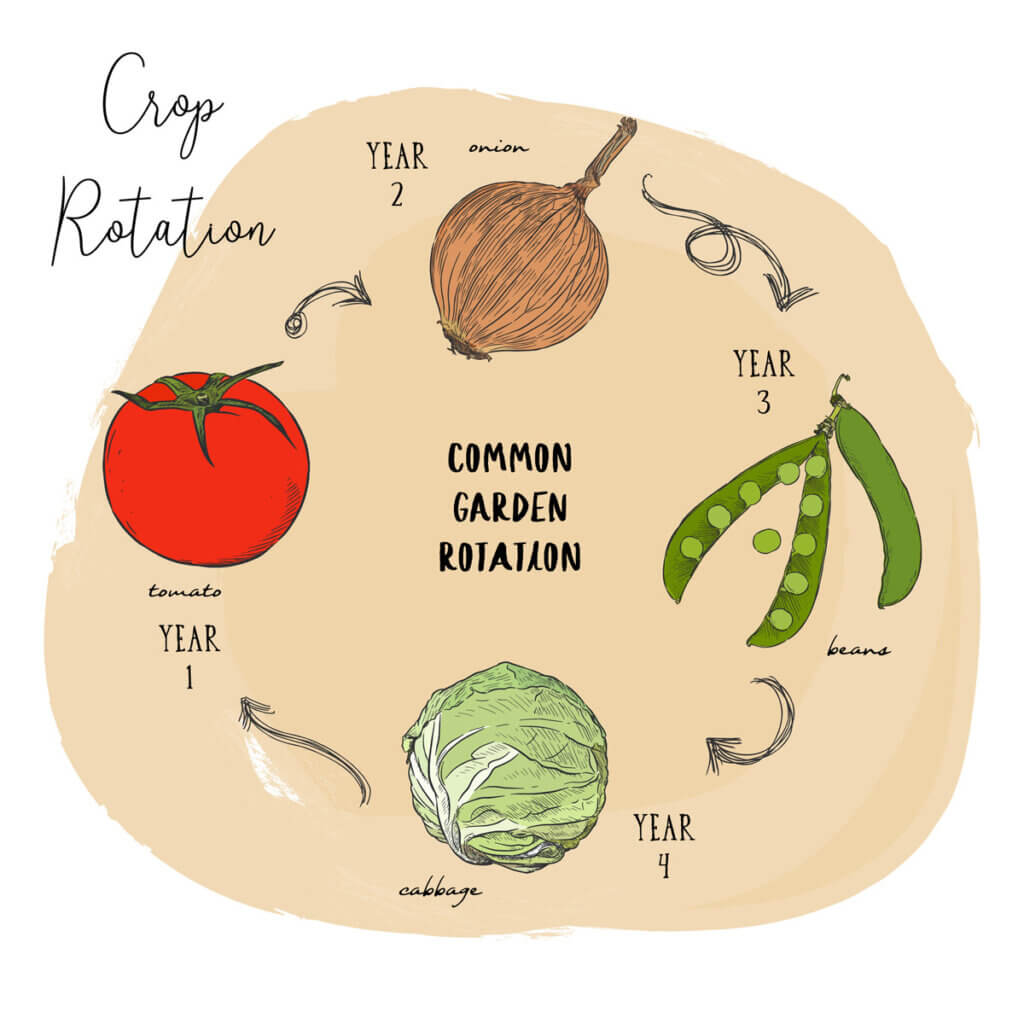
Crop Rotation Plant Families
There are four prominent families of plants: Leaf, Fruit, Root, and Legume. You rotate your plants in order from plant classification 1 to plant classification 4.
Leaf
The first plant family includes leafy greens (herbs, lettuce, Swiss chard, and spinach) and brassicas (kale, Brussels sprouts, cabbage, broccoli, and cauliflower.) These plants are nitrogen-loving plants.
Since corn and potatoes are also heavy nitrogen feeders, these are considered part of the leaf family.
Fruit
The fruiting classification includes any annual plant where the blossom turns into an edible fruit or vegetable. These plants don’t need a lot of nitrogen; they are light feeders. But phosphorus is vital for these plants.
Cucumbers, eggplants, tomatoes, peppers, melons, and squash are examples of fruiting vegetables that need ample phosphorus and some nitrogen to produce healthy crops.
Root
Root crops do not need as much nitrogen or phosphorus, but they do need ample potassium. The root classification includes vegetables like carrots, beets, onions, garlic, leeks, turnips, radishes, and parsnips. Essentially most things you need to dig up to harvest.
Legumes
The fourth family includes legumes like peas or beans. Plant these as the final rotation. The previous three crops used most of the nitrogen, phosphorus, and potassium in the soil. Planting legumes helps to restore this nitrogen depletion, which is why they are called nitrogen-fixing plants.
Legumes do not actually create nitrogen, but the roots of these plants have nodules that store rhizobia bacteria, which convert unusable nitrogen to usable nitrogen and then release it back into the soil. This process helps to restore the nitrogen in the soil.
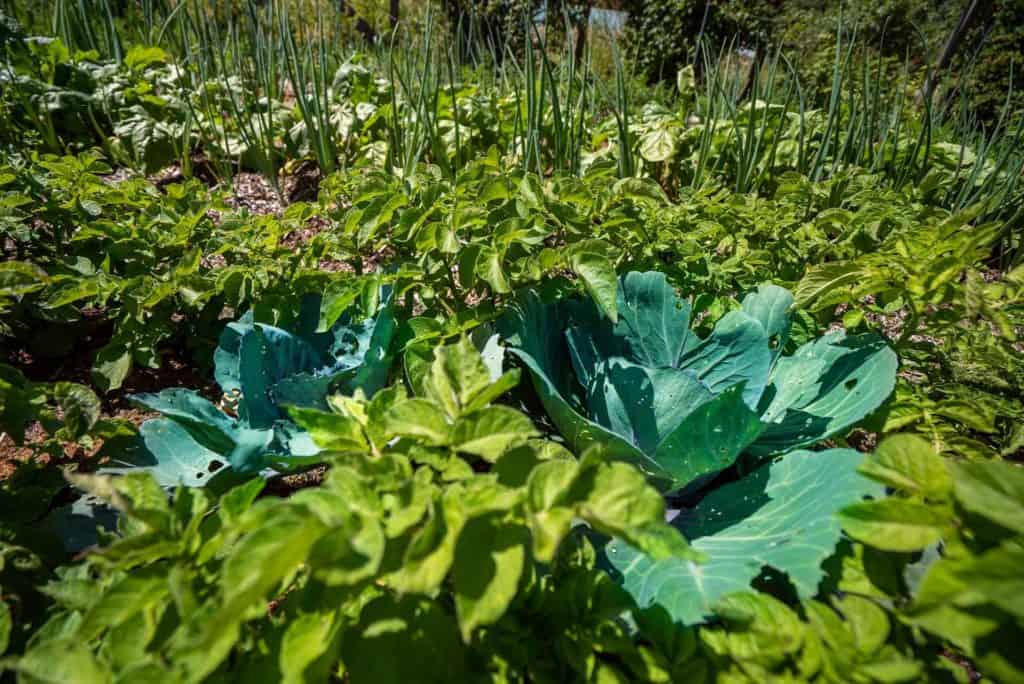
How to Practice Crop Rotation
You can practice crop rotation with just about any garden, from raised bed or container gardens to row crops and with a large or small garden. Here are some steps you can take.
- Start with healthy soil that is full of organic matter and compost. We recommend testing your soil’s pH before planting to ensure it is nutrient-rich. Add any necessary amendments to improve soil health, like compost and mulch.
- Since most of us won’t want to focus only on plants in category one, go ahead and make a note (or a drawing) of which crops are planted in your garden for this first year.
- For your next planting, look at your notes and plant the next category in each spot. So for crops that were in category one, choose a crop from category two, etc. (See the important note on tomatoes, potatoes, peppers and eggplant below.)
- We recommend amending the soil with compost between plantings (even when re-planting in a single year). This is especially important for those planting a late summer garden for a fall harvest or using season extenders for a winter garden.
- For each rotation, repeat steps 2-4.
- As you rotate your crops yearly, add soil amendments like compost, manure, minerals and mulch. Homesteading Hack: You can make your own compost for your garden. Healthy soil is the most important thing for your garden. Making homemade compost can drastically impact your soil health in conjunction with crop rotation.
Important Note: If you plan to rotate your crops seasonally versus yearly, there is an exception to the crop rotation rules. Tomatoes, potatoes, peppers, and eggplant need at least three years between planting in the same spot.
This is because they share the same diseases. If you planted tomatoes and they got a disease like early or late blight, your peppers would likely get blight, too, if you planted them in the same location within three years.
But, other types of plants would not be susceptible to the same diseases that tomatoes, potatoes, peppers, and eggplant have. You would be safe to plant other plant families in that same soil.

Clyde’s Garden Planner
As you plan out your garden for the year, we recommend learning how to use a vegetable garden planner. Clyde’s Garden Planner has been a great tool for helping us know when to plant vegetables based on our last frost dates. Use code “homesteadingfamily.com” for 10% off your order!
Not only does the planner show you when you should plant seeds indoors or direct sow, but it will also show you the estimated harvest date so you can plan your preserving days and know when you can practice succession planting.

Other Articles You May Enjoy
- Companion Planting in the Vegetable Garden
- When to Harvest Potatoes
- How to Grow a Year’s Worth of Food
- Garden Planning for Serious Food Production
- Get an Instant Garden in the GreenStalk Vertical Garden Planter
- How to Heat a Greenhouse Without Electricity
- Gardening in Winter
- Testing Soil pH
- Home Composting (Troubleshooting and FAQs)
- When and How Often to Turn Compost
- Building a DIY Compost Sifter
- Attracting Pollinators




